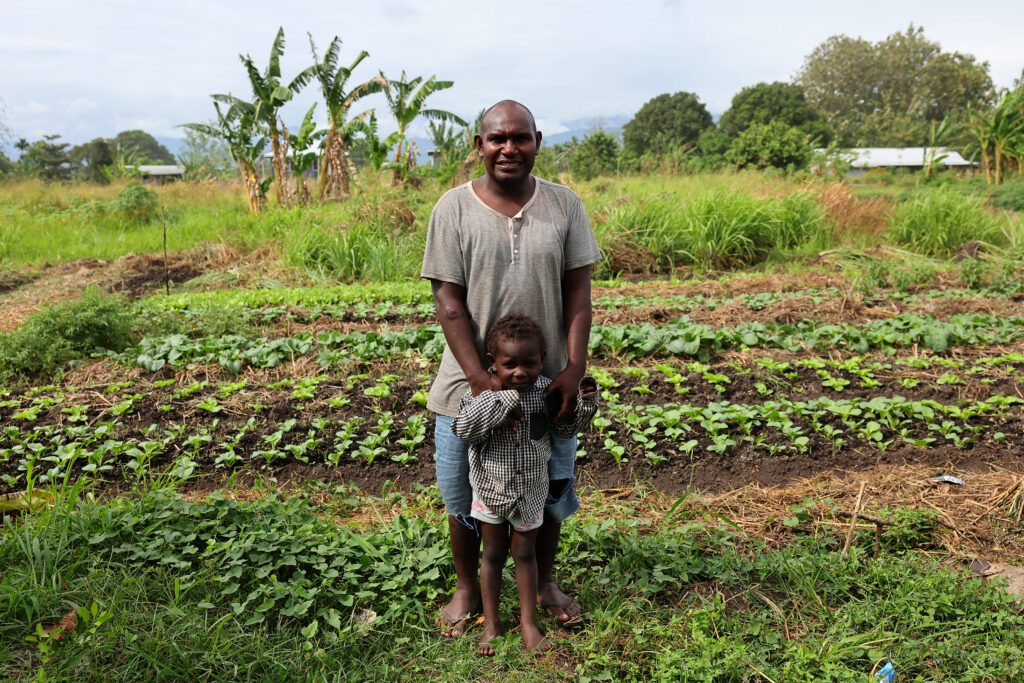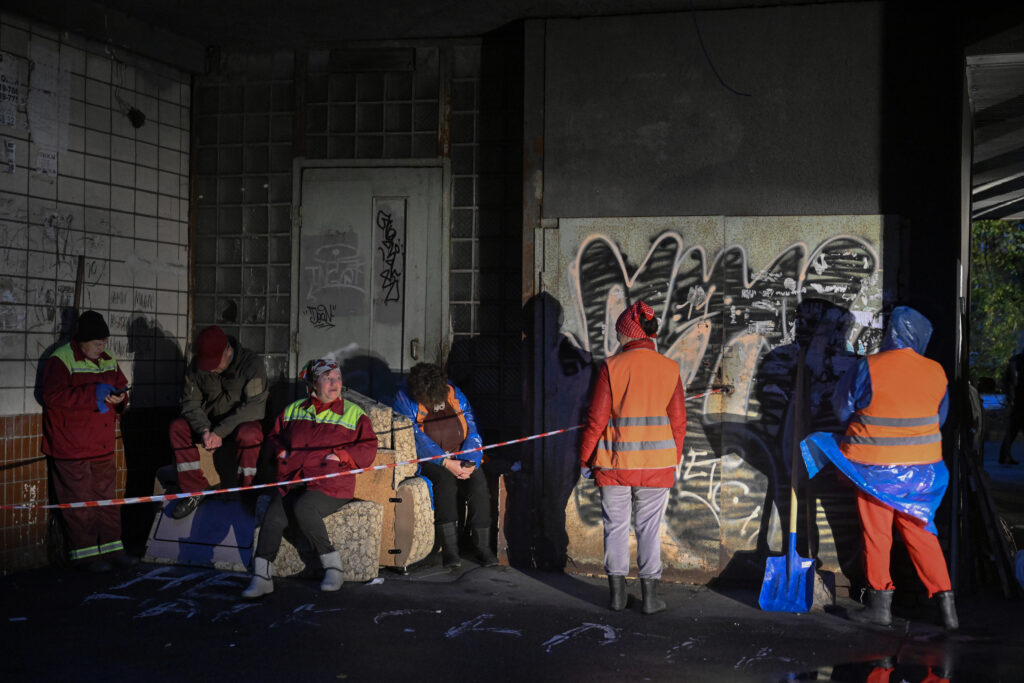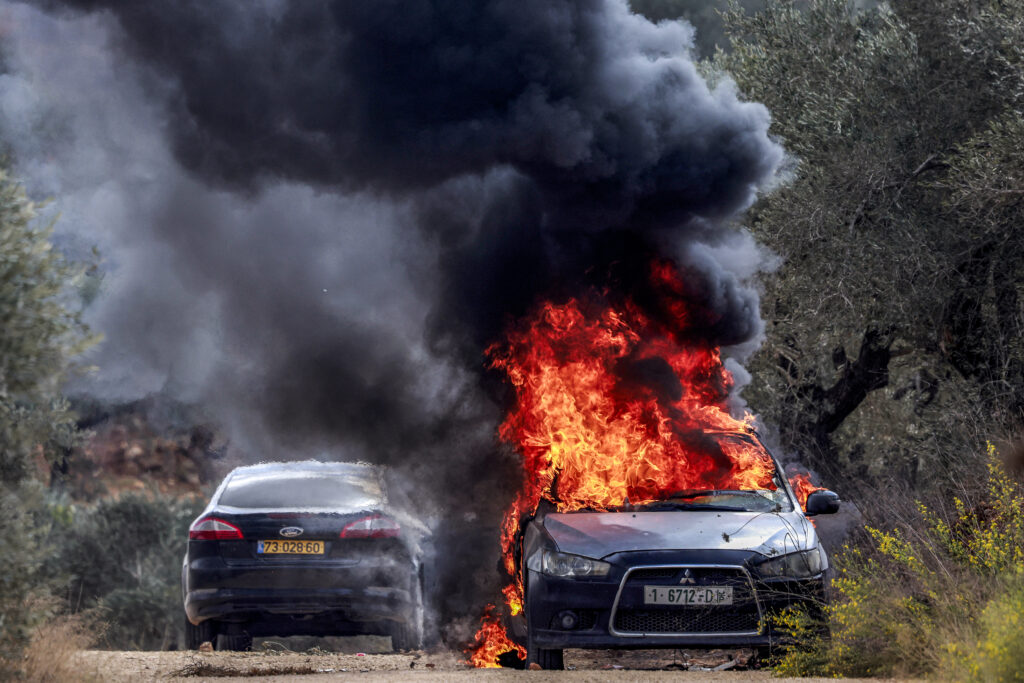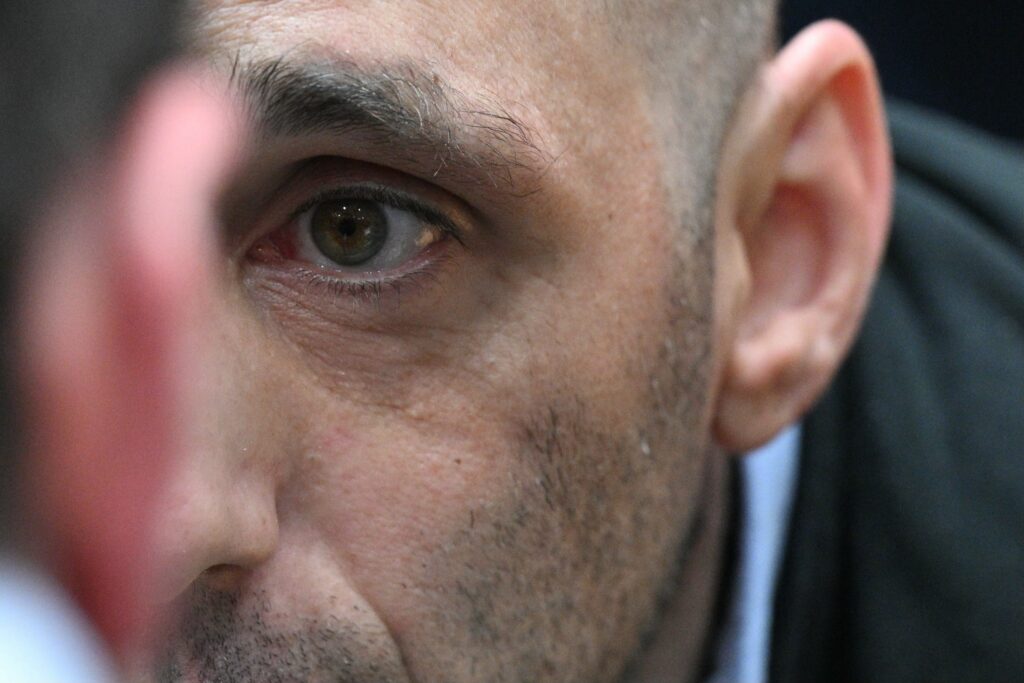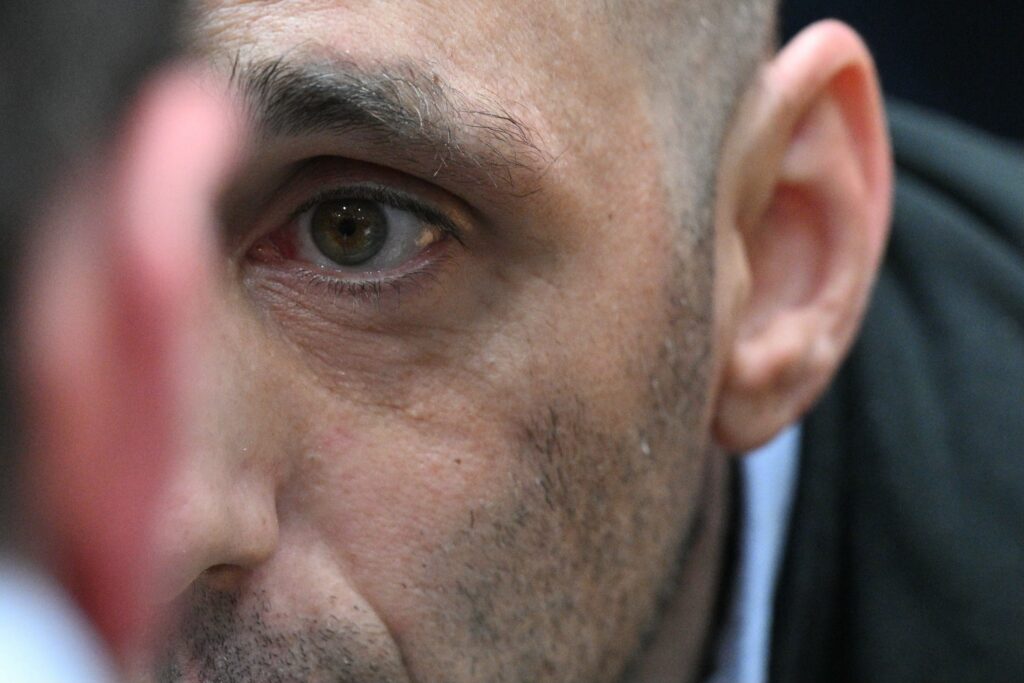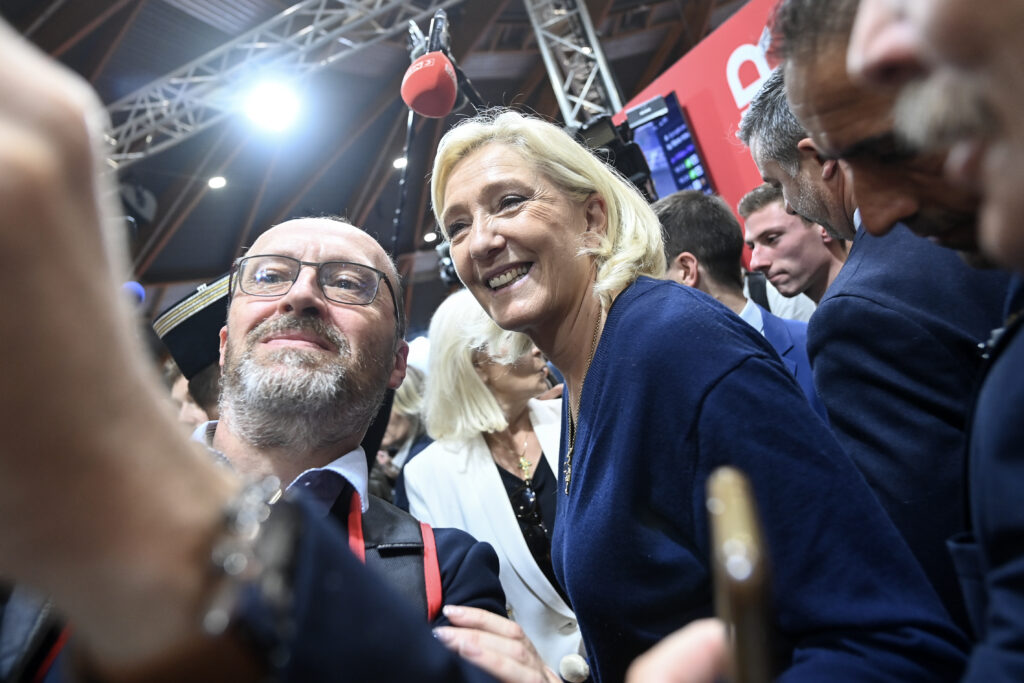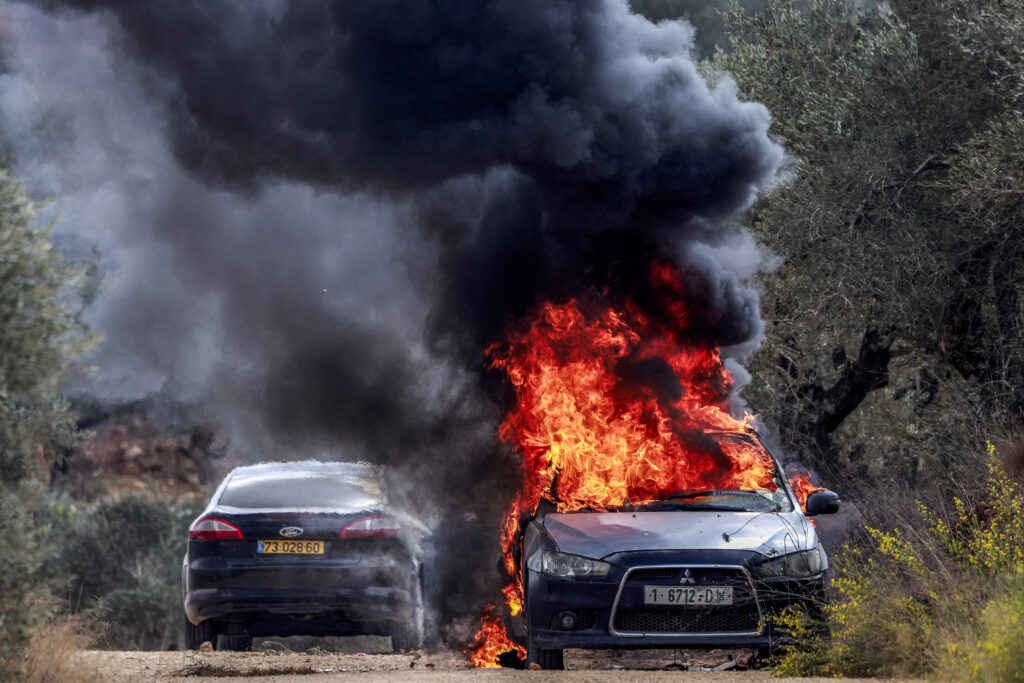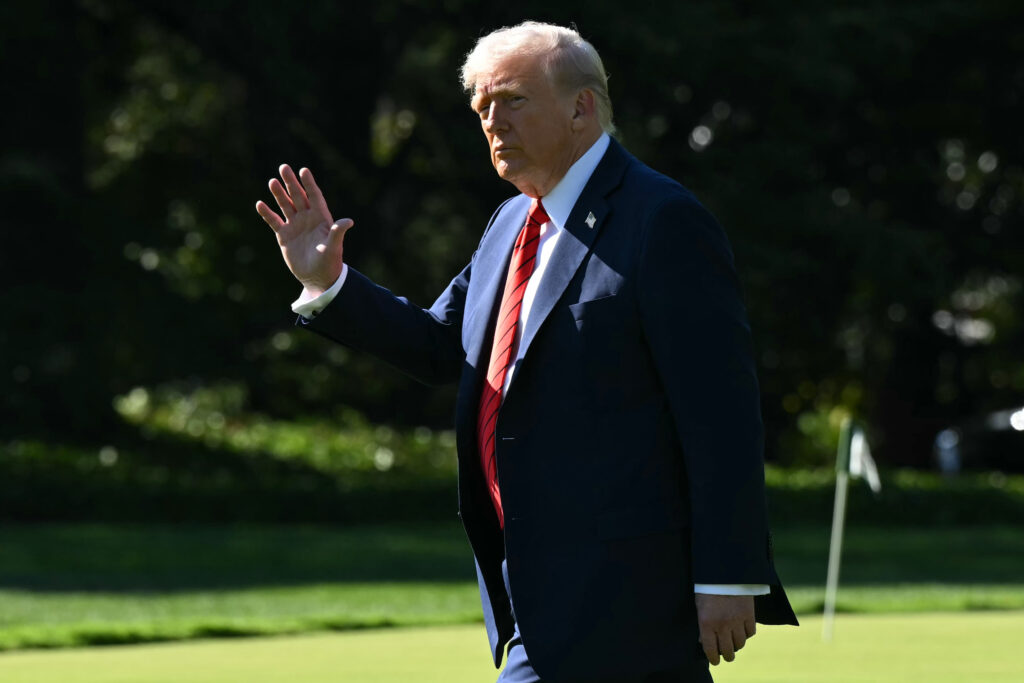Aux Îles Salomon, les bombes de la Seconde Guerre mondiale continuent de tuer
Dennis Phillip labourait à la main son potager des Îles Salomon lorsqu’il entendit un bruit sourd: une bombe non explosée, une parmi les dizaines de milliers qui jonchent encore ce petit pays du Pacifique, plusieurs décennies après la Seconde Guerre mondiale.Entre 1942 et 1945, forces japonaises et Alliés se sont affrontés à travers ces îles, faisant des dizaines de milliers de victimes. Les combats ont cessé mais les bombes sont restées, enfouies sous les maisons, les écoles, les commerces, les terrains de football… Et le jardin de Dennis. Les archives sont fragmentaires, mais des estimations suggèrent que des dizaines de personnes ont été tuées, et plus encore blessées par ces engins. Disséminées sous des paysages idylliques, les bombes font partie du quotidien des Îles Salomon. Bernadette Miller Wale, habitante de l’archipel, jouait avec lorsqu’elle était petite. “On voyait des objets, on les touchait, on les déplaçait, on ne se rendait pas vraiment compte du danger”, raconte-t-elle à l’AFP. Elle et ses amis les faisaient même exploser volontairement, pour créer des “feux d’artifice de jardin”.Mais tout s’est assombri l’an dernier, lorsqu’une explosion a tué deux de ses amis près de sa maison. “C’était un dimanche après-midi. J’étais assise avec ma fille et ma belle-famille, quand nous avons entendu l’explosion”, se souvient-elle.Ses amis cuisinaient dans leur jardin, autour d’un feu de camp.”La bombe était proche de la surface, mais personne ne s’en était rendu compte”, explique Bernadette, qui s’emploie depuis à sensibiliser les habitants du pays à ce danger.Mais du point de vue de certains militants, les locaux ne devraient pas avoir à résoudre seuls ce problème, car leur pays n’est responsable de cette situation. Sur les 50.000 bombes retrouvées ces 14 dernières années, plus des deux tiers sont américaines, 17% sont japonaises et 3% proviennent d’Angleterre, d’Australie, de Nouvelle-Zélande et d’autres pays.- “Tout le monde” est concerné -Ce décompte provient de l’ONG internationale The Halo Trust, spécialisée dans le déminage. Elle travaille à cartographier le pays et identifier les zones les plus touchées. Elle place un point jaune à chacun des dizaines de milliers d’endroits où des explosifs ont été neutralisés par la police.Et au niveau de la capitale Honiara, difficile de faire 100 mètres sans tomber sur un point jaune.”Tout le monde connaît quelqu’un qui a été touché”, affirme à l’AFP Emily Davis, qui dirige l’opération de l’ONG aux Îles Salomon. “Soit ils ont trouvé quelque chose dans leur jardin, soit leurs enfants l’ont trouvé, soit ils connaissent quelqu’un qui a été blessé ou qui est malheureusement décédé à la suite de l’explosion d’un engin”, développe-t-elle.- “Dix centimètres de profondeur” -À Bloody Ridge, près de Honiara, théâtre d’un des affrontements les plus meurtriers entre Japonais et Américains, la création du premier parc national du pays a été ralentie par la quantité de bombes enfouies. La zone est “saturée”, explique Björn Svensson, conseiller au ministère de la Culture et du Tourisme des Îles Salomon. Quelques semaines avant la visite de l’AFP, des ouvriers ont trouvé trois grenades à main dans le sol, “à environ 10 centimètres de profondeur”, précise-t-il. Le Premier ministre de l’archipel, Jeremiah Manele, a déclaré que cette question lui tenait “particulièrement à cœur”. Mais pour l’heure, le développement des opérations reste limité. The Halo Trust est par exemple partiellement soutenue par le département d’État américain, dont le financement doit prendre fin en juin 2026. “Nous travaillons à la rédaction d’un rapport qui montre l’ampleur du problème, puis nous collaborerons avec le gouvernement des Îles Salomon et la police”, explique Emily Davis. Cette opération reste bien plus modeste qu’une précédente qu’elle a suivie au Laos, où plus de 1.500 personnes travaillaient sur le sujet. Mais Emily Davis espère: “Qui sait, peut-être qu’un jour nous aurons autant de personnel pour les Îles Salomon.”
